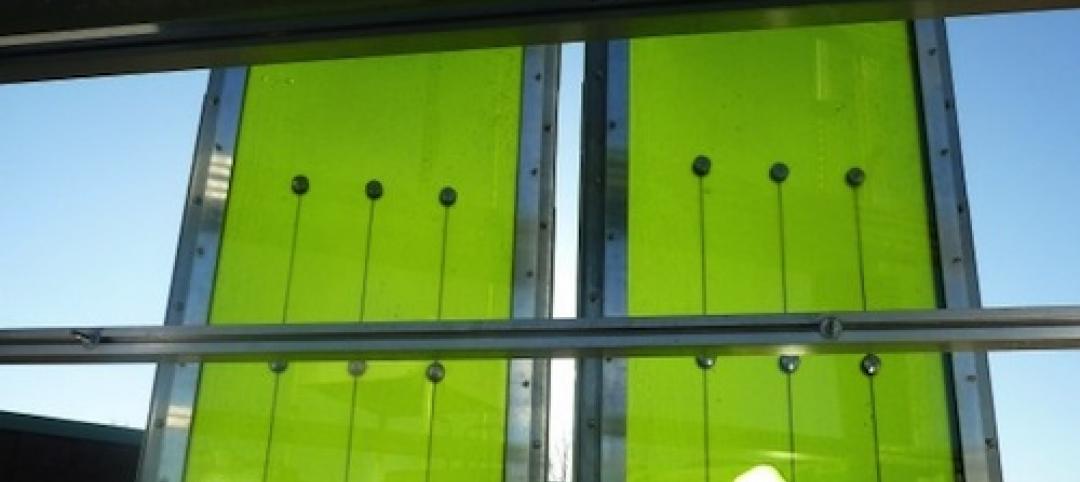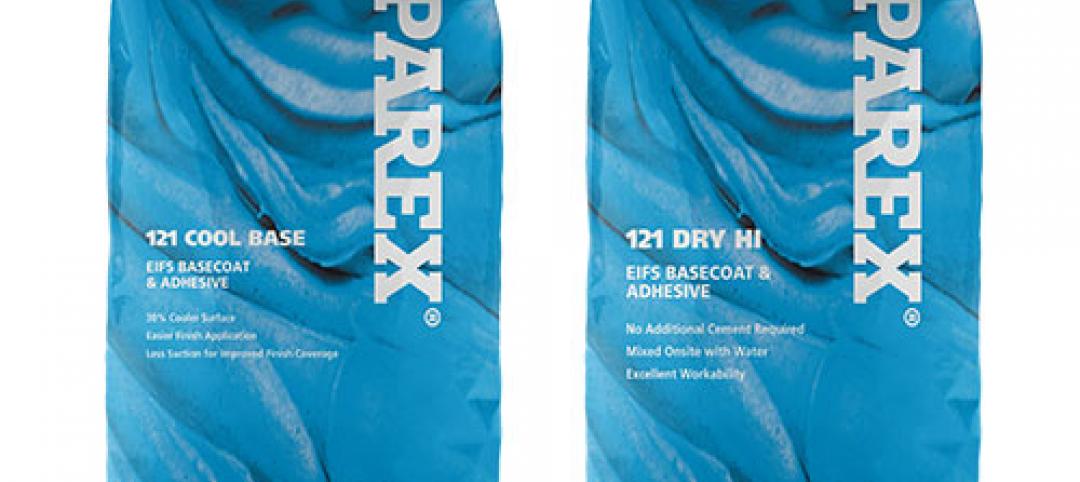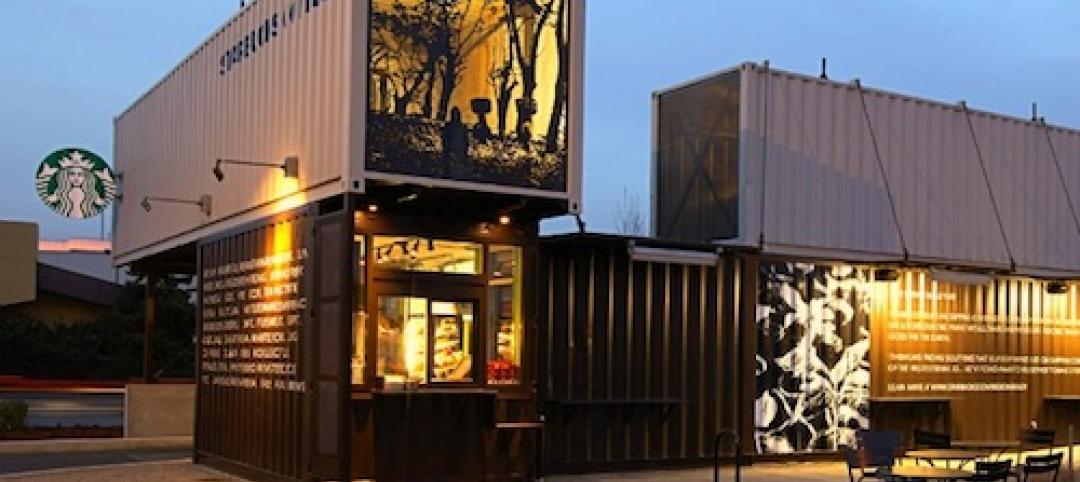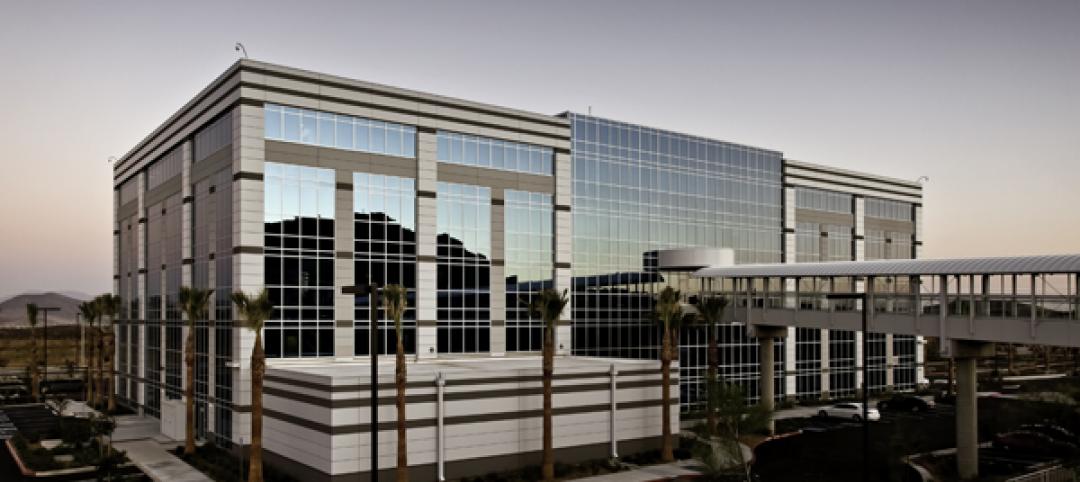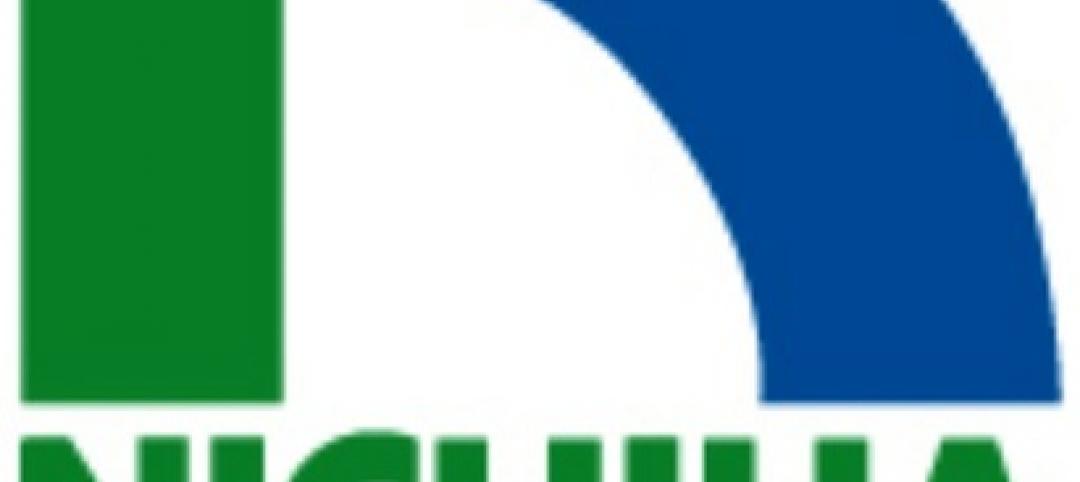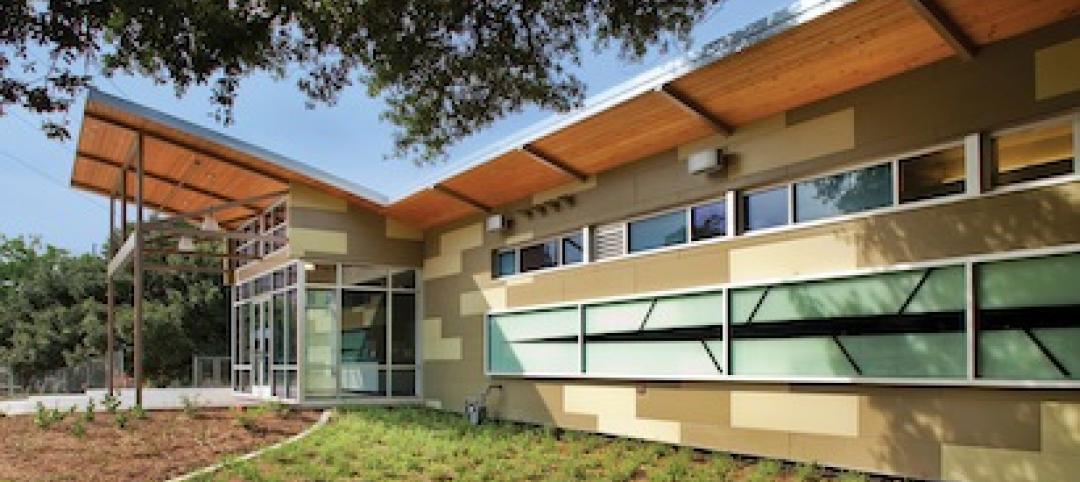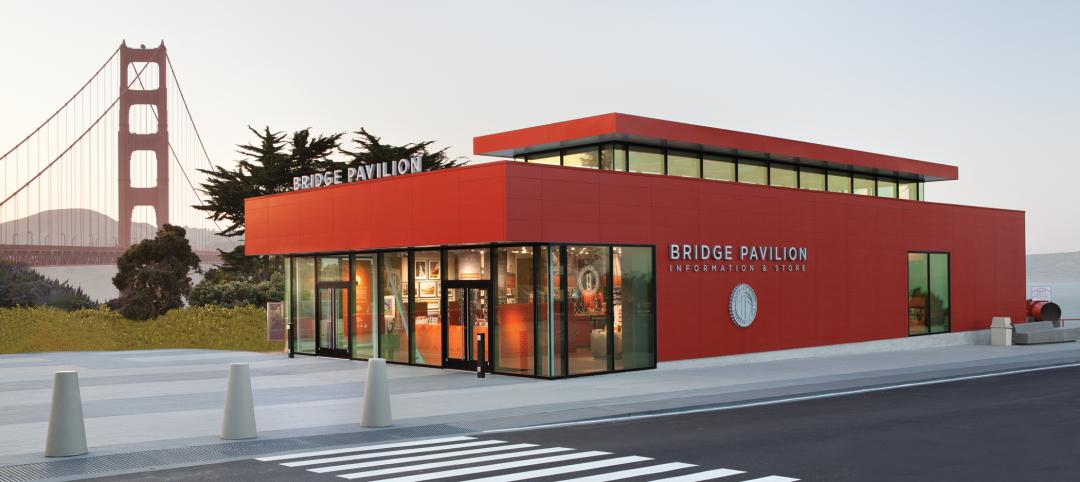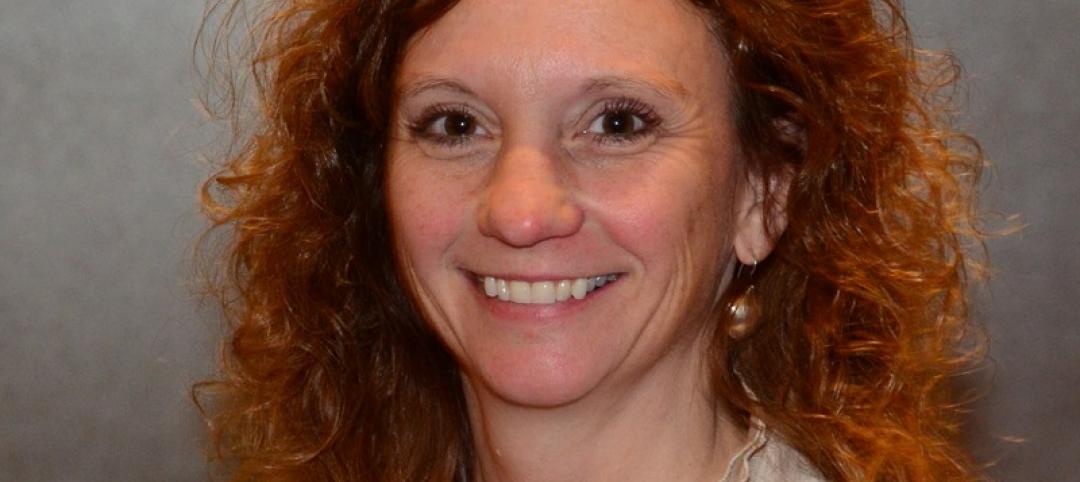Codes and design guidelines are a challenge for any project, but building a project in a historical area makes that challenge even more difficult. Add to that a project with a new façade product never before used in the jurisdiction. This was the recipe for 400 Meeting Street Apartments in downtown Charleston, S.C. Known for its history and historic architecture, the Charleston Board of Architectural Review takes its job maintaining the integrity of local architecture seriously.
The team chose Nichiha Illumination panels for this building’s façade. Fiber cement is a great addition on student housing projects because these projects typically feature tight budgets and need products with good longevity, says Stuart Barber, AIA, LEED-AP, project architect, McMillan Pazdan Smith Architecture, Charleston, S.C.
Because the BAR wasn’t familiar with Nichiha fiber cement panels, the team explained the benefits of the product for this building. In addition, the team wanted to build a modern structure in a historic area, adding to importance of explaining how Nichiha best fit that desire. “We had to inform them that this new material and the building played a role in historic settings like Charleston,” Barber says.
Fiber cement cladding has become an effective and cost efficient alternative to wood siding in downtown Charleston. “The Illumination panels build on this base by taking this material and using it in a more contemporary way with larger panels and seamed connections rather than trimmed connections,” Barber adds.
The panel installers, Premier Exteriors, Ridgeland, S.C. were asked to create three wall mockups for the BAR. “I give kudos to the team who handled the review board process. The first time I saw the design, I wasn’t sure it would get approved by the BAR because the requirements are so rigorous [due to the historic preservation needs of buildings in the area],” says David Winters, branch manager for Charleston Division, Premier Exteriors.
The neighboring buildings were also new construction, which helped in the design flexibility of this project. In addition, the fact that it was a student housing building also lent itself to a bit more design creativity, Barber adds.
The project includes three shades of gray Nichiha Illuminations architectural wall panels that are laid out to appear like a checkerboard. The checkerboard design was chosen to enhance the building’s contemporary architecture.
The design and the need to use three different colors was a challenge for the installation team. “Once we realized the intention for the design, it was easier to lay out. For example, we figured out the architect wanted 50 percent of one color, 25 percent of another, and 25 percent of the third color,” Winters says. “This project made us think on our feet.” The building ended up using 23,000 sq. ft. of Nichiha Illumination architectural wall panels in the three gray colors that delivered a modern appearance.
This area of South Carolina experienced a large amount of rain at the time of installation affecting the building’s stability. In addition, the state’s damp environment made the building’s wood construction shift, as is often the case with wood-built structures in this region. This shift affected the panel installation, because now the walls were no longer level. To accommodate this challenge, Nichiha offered shims to level the walls, which was a key component to installing the panels.
In the end, both the architect and installation team are proud of the end result. “The Illumination panels offered a new way of using an established material like fiber cement,” Barber says. “When it’s detailed correctly, it can be appropriate in any number of applications, especially in historical settings.”
This project showed the BAR that this design and material choice can complement historical design. In fact, this project opened the door for several more projects in the area with Nichiha fiber cement cladding. In addition, because Charleston is an area with a strong architecture community and a lot of architecture firms, the use of Architectural Wall Panels in the area allows this influential community to literally see how well the product complements new and old buildings in such a historical setting.
Challenge
Located in historic downtown Charleston, S.C., the architect had to get approval from the Board of Architectural Review to use a new, contemporary façade material in this project. In addition, the state’s damp environment made the building’s wood construction shift, as is often the case with wood-built structures in this region.
Solution
Three wall mockups plus education allowed the BAR to approve the use of Nichiha Illumination architectural wall panels. Nichiha provided shims to correct the wall shifting due to the areas environmental conditions. This allowed the panels to be installed correctly.
Results
Complementing the historic area that is downtown Charleston, a 40-unit building was built in the heart of downtown. Featuring a stunning checkerboard design in three shades of gray, the building set an example of how Nichiha fiber cement meets modern and traditional design. This project was such a success that it lead the way for more projects in the area with Nichiha fiber cement siding.

400 Meeting Street Apartments located in Charleston, SC.
PROJECT DETAILS:
Case Study: 400 Meeting Street Apartments, Charleston, S.C.
Architect: McMillan Pazdan Smith Architecture
Installer: Premier Exteriors LLC
Location: Charleston, S.C.
Product: Illumination Panels
Related Stories
| Mar 6, 2013
German demonstration building features algae-powered façade
Exterior of carbon-neutral demonstration building consists of hollow glass panels containing micro-algae "farms."
| Feb 28, 2013
Parex introduces cooler and stronger EIFS basecoats and adhesives
Parex USA, Inc., the parent company of leading building material brands; Parex, Teifs, LaHabra, El Rey, and Merkrete, unveils two new Parex EIFS basecoats & adhesives – 121 Cool Base and 121 Dry HI (High Impact).
| Feb 22, 2013
Starbucks pilot program rolls out small, modular stores
Coffee giant Starbucks is rolling out mini-stores with maximum local flavor, as part of an international pilot program.
| Oct 24, 2012
Loma Linda University Medical Center lets light in with metal wall systems
Designers for the building aimed to create a positive environment for patients and visitors, and wanted to let in as much natural daylight as possible.
| Oct 22, 2012
Nichiha USA to unveil corporate rebranding with remodeled website
Nichiha USA, a manufacturer of fiber cement siding and cladding, will launch its new corporate identity Nov. 1 with the debut of a redesigned website.
| Oct 9, 2012
Texas Goes Bigger with High-Profile Community Rowing House
Community rowing club chooses sustainable cladding for its modern rowing house
| Jun 22, 2012
Golden Gate Bridge Celebrates 75 Years With the Opening of New Bridge Pavilion
With features such as Nichiha's Illumination series panels, super-insulating glass units, and LED lighting, the new Golden Gate Bridge Pavilion not only boasts the bridge's famous international orange, but green sustainability as well
| Jun 8, 2012
Allsteel names Kris Yates to head architectural products group
Yates is responsible for the start up, launch and ongoing sales and marketing of Allsteel’s new Beyond movable walls.



